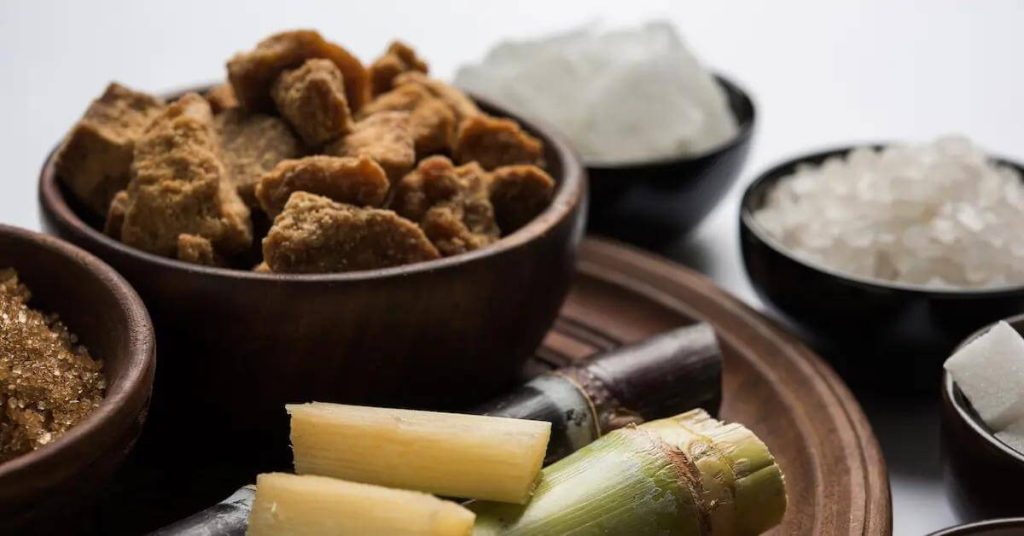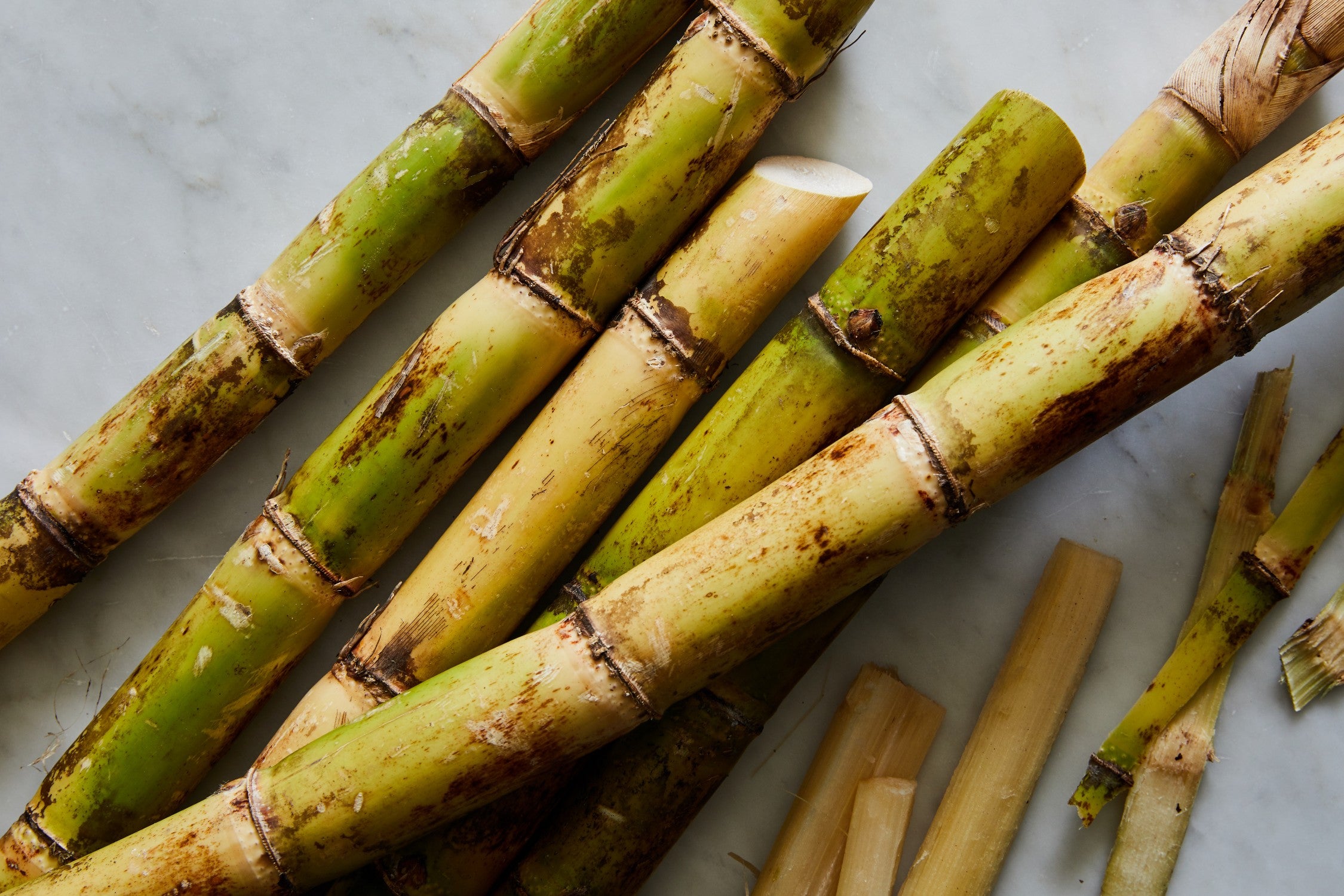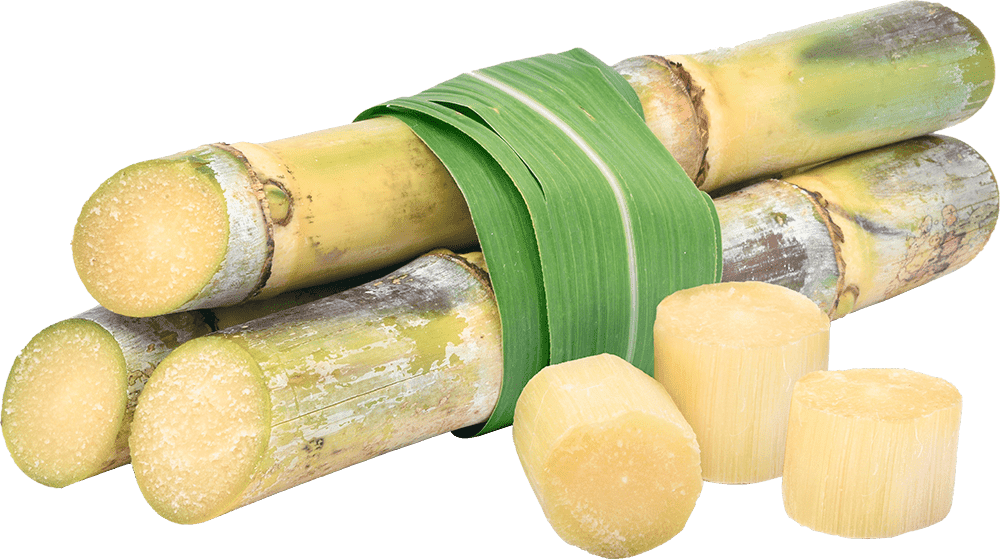The Scientific Research Behind Cane Sugar Processing: How Sweetness is Refined
The Scientific Research Behind Cane Sugar Processing: How Sweetness is Refined
Blog Article
Discovering the Comprehensive Tips Associated With Walking Stick Sugar Processing From Harvesting to Improvement
The procedure of walking stick sugar manufacturing encompasses a collection of elaborate steps, beginning with the cautious harvesting of sugarcane and culminating in the improvement stages that make certain the final product meets industry standards. Each stage, from the extraction of juice to the purification and formation processes, plays an important function in determining the top quality and character of the sugar. Recognizing these phases not just highlights the intricacy of sugar production yet likewise elevates essential concerns concerning effectiveness, sustainability, and innovation in the market. What implications do these variables have for future methods?
Harvesting Sugarcane
Gathering sugarcane is a vital action in the walking cane sugar handling chain, as it straight affects the high quality and return of the last item. Appropriate timing and methods are vital throughout this stage to make certain optimal sugar content and minimize losses. Normally, sugarcane is collected when it gets to maturation, generally 12 to 18 months after growing, identified by a high sucrose concentration.

Post-harvest, the sugarcane has to be processed swiftly to stop sucrose destruction. Preferably, collected walking stick must be moved to refining centers within 1 day to preserve sugar quality. For that reason, efficient logistical planning is crucial to keep the stability of the collected plant throughout the supply chain.
Extraction Process

The crushed cane is subjected to a series of pressing procedures to make the most of juice recovery. Normally, warm water is sprayed onto the crushed walking cane, developing a countercurrent flow that assists liquify the sugar while likewise aiding in the extraction procedure. The juice gathered from this operation contains not just sugar yet likewise various natural substances and contaminations.

To enhance extraction efficiency, some facilities may employ diffusion techniques, where the sugarcane is soaked in warm water, permitting the soluble sugars to diffuse right into the fluid. The resulting juice, rich in sucrose, is then directed to subsequent processing stages, laying the foundation for purification and refinement. The extraction procedure is therefore pivotal in figuring out the top quality and yield of the last sugar item.
Filtration Strategies
The filtration strategies employed in walking cane sugar processing are necessary for changing the raw juice right into a high-grade sugar product. These methods mainly aim to remove impurities, such as dirt, plant materials, and inorganic compounds, which can adversely affect the end product's taste and shade.
Among one of the most typical purification techniques is explanation. This procedure entails adding lime and heat to the raw juice, which helps Learn More with the coagulation of impurities. The resulting precipitate is after that eliminated with sedimentation or filtration, generating a clearer juice. Furthermore, making use of phosphoric acid can boost the explanation process by further binding contaminations.
Another substantial technique is carbonatation, where co2 is presented to the clarified juice. This response creates calcium carbonate, which records staying impurities and advertises their removal.
Moreover, activated carbon therapy may be used to adsorb any type of continuing to be colorants and natural impurities, ensuring an extra refined item. The mix of these techniques effectively prepares the sugar juice for succeeding action in the refining procedure, setting the stage for the manufacturing of top quality cane sugar.
Condensation Approaches
After the purification published here stage, the following vital action in walking stick sugar handling includes formation methods, which play an essential duty in transforming the made clear juice right into solid sugar. This process commonly employs two key methods: spontaneous condensation and regulated crystallization.
In spontaneous formation, supersaturated sugar services are permitted to cool naturally, causing the development of sugar crystals over time. This technique is less complex but may lead to unequal crystal sizes and lower purity levels. On the other hand, managed condensation is an extra specific strategy where focus, temperature, and seeding representatives are thoroughly managed. This method permits the uniform growth of sugar crystals and higher purity.
Throughout formation, the clarified juice is focused through evaporation, increasing its sugar content till it gets to supersaturation. As soon as this factor is accomplished, either technique can assist in the condensation process. Cane Sugar Processing. The resultant sugar crystals are then separated from the remaining syrup via centrifugation
Inevitably, the selection of condensation method affects the high quality, size, and pureness of the last sugar product, making this action important in the general walking stick sugar handling treatment.
Refinement and Packaging
How can the pureness and top quality of walking stick sugar be additionally improved after crystallization? The improvement procedure plays a critical duty in accomplishing premium cane sugar. Adhering to condensation, sugar undergoes a detailed cleaning to remove contaminations and recurring molasses. This is normally achieved using warm water or heavy steam, which helps liquify and extract undesirable aspects while protecting the sugar crystals.
Following, the sugar is subjected to a process called centrifugation, where it is rotated at high speeds to separate the cleansed sugar crystals from the continuing to be fluid. After centrifugation, the sugar is often additional improved through an approach called carbonization or phosphatation, which utilizes triggered carbon or phosphoric acid to remove shade and off-flavors.
As soon as fine-tuned, the sugar is dried out to attain the preferred dampness content, making sure that it remains steady throughout storage space and transportation. The final step includes product packaging the polished sugar in moisture-proof and airtight containers to maintain its high quality and protect against contamination. Cane Sugar Processing. Proper packaging not just expands shelf life yet additionally assists in very easy handling and circulation, ensuring that consumers obtain sugar visit their website that fulfills the highest standards of purity and high quality
Verdict
The extensive actions entailed in walking cane sugar handling, from the meticulous harvesting of sugarcane to the elaborate refinement and packaging stages, highlight the significance of each stage in guaranteeing high-grade sugar production. Optimal harvesting techniques, efficient removal approaches, and extensive filtration procedures collectively add to the end product's pureness and security. The condensation and subsequent product packaging techniques better boost the stability and service life of the sugar, highlighting the intricacy and accuracy integral in this vital agricultural industry.
The procedure of cane sugar production includes a series of elaborate steps, starting with the cautious harvesting of sugarcane and culminating in the refinement phases that make sure the final item fulfills market standards. Ideally, harvested walking cane must be moved to refining facilities within 24 hours to maintain sugar high quality.In spontaneous condensation, supersaturated sugar solutions are permitted to cool normally, leading to the formation of sugar crystals over time - Cane Sugar Processing. The refinement procedure plays a critical function in attaining top notch walking stick sugar.The thorough steps involved in walking cane sugar processing, from the careful harvesting of sugarcane to the elaborate improvement and packaging phases, highlight the importance of each stage in guaranteeing high-grade sugar production
Report this page